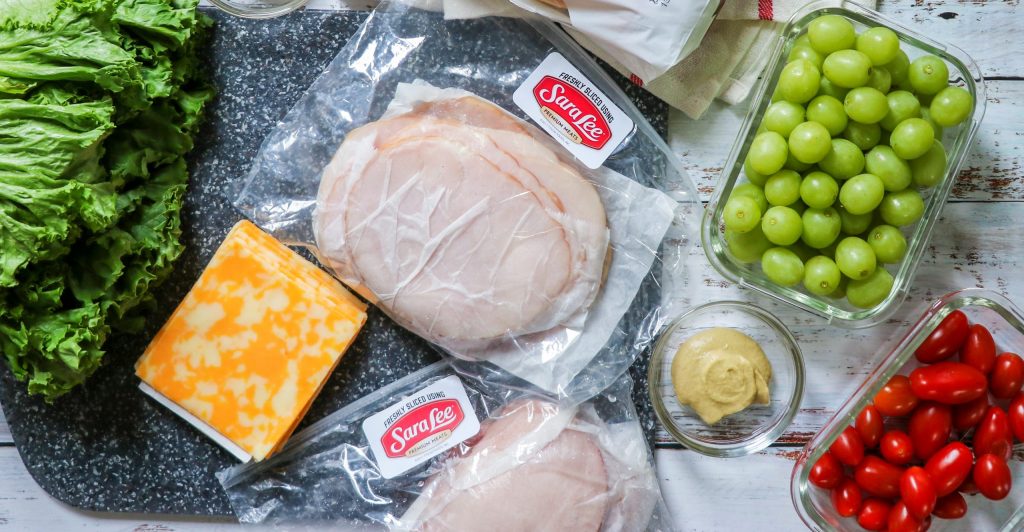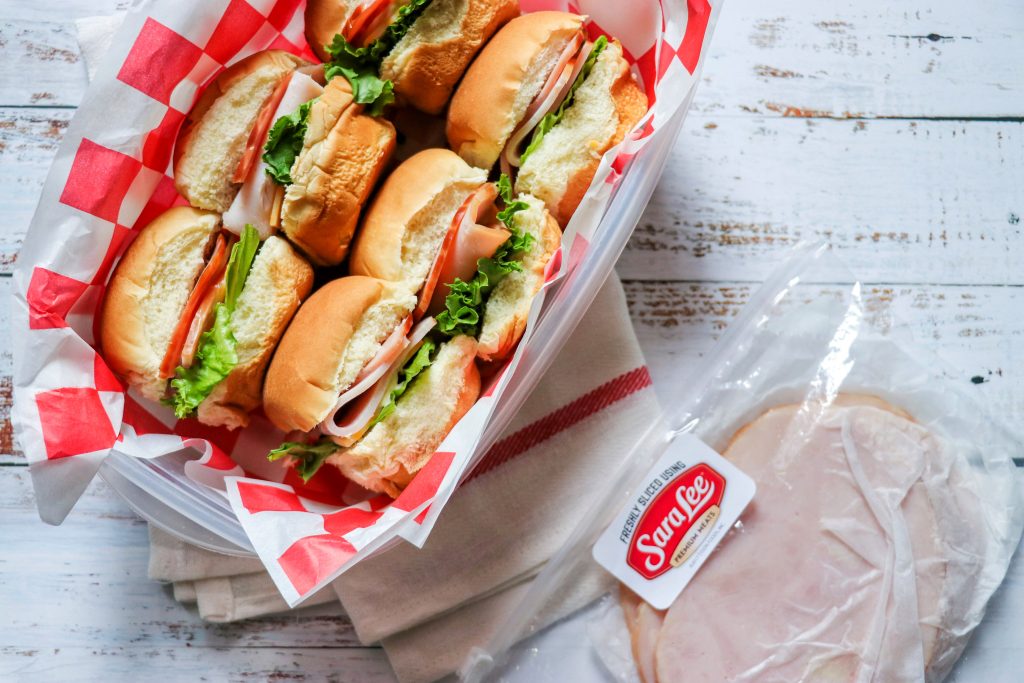In the realm of packed lunches, sandwiches stand as a cornerstone of convenience and culinary satisfaction. Their portability and ease of preparation make them an ideal choice for busy individuals seeking a quick and tasty midday meal. However, the nemesis of make-ahead sandwiches is the dreaded sogginess and staleness that can mar their appeal. Understanding the factors that contribute to sandwich deterioration is key to crafting a sandwich that retains its freshness and flavor over time.
The Science of Sandwich Preservation
The primary culprits behind sandwich sogginess are moisture and time. Bread, the foundation of any sandwich, has a natural tendency to absorb moisture, which can lead to a soggy and unappetizing texture. Additionally, certain sandwich fillings, such as juicy tomatoes or cucumbers, can further contribute to the moisture content.
Staling, on the other hand, is a process that occurs over time as bread loses its moisture and becomes hard and stale. This process is accelerated by exposure to air, which causes the bread’s starches to recrystallize.
Strategies for Sandwich Longevity
To combat sogginess and staling, several effective strategies can be employed:
-
Choose the Right Bread: Opt for bread with a tight crumb structure, such as sourdough or French bread, which are less prone to absorbing moisture.
-
Control Moisture: Avoid overly juicy fillings or pat them dry before assembling the sandwich. Consider using moisture barriers, such as lettuce or cheese, to prevent direct contact between wet fillings and the bread.
-
Assemble Wisely: Spread condiments and sauces directly onto the bread rather than the fillings to minimize sogginess. Layer ingredients in a way that prevents them from crushing the bread.
-
Wrap Tightly: Wrap sandwiches securely in plastic wrap or aluminum foil to prevent air exposure and moisture loss.
Make-Ahead Timeline: Sandwich Freshness Preserved
The ideal time frame for making sandwiches ahead of time depends on the ingredients used and the storage conditions. Here’s a general guideline:
-
Refrigerated Sandwiches: Sandwiches with non-perishable fillings, such as peanut butter and jelly or ham and cheese, can be refrigerated for up to 3 days.
-
Frozen Sandwiches: Sandwiches with cooked fillings, such as grilled chicken or roasted vegetables, can be frozen for up to 2 months. Thaw overnight in the refrigerator before eating.
Additional Tips for Sandwich Success
-
Use Fresh Ingredients: The quality of your ingredients will directly impact the taste and longevity of your sandwich.
-
Keep it Cool: Store sandwiches in the refrigerator or a well-insulated lunch bag with an ice pack to maintain freshness.
-
Avoid Overpacking: Overloading your sandwich with fillings can lead to sogginess and difficulty eating.
-
Experiment with Different Breads: Explore various bread options to find the one that best suits your taste and sandwich-making needs.
With careful planning and execution, you can craft make-ahead sandwiches that remain fresh and flavorful for hours or even days. By understanding the factors that contribute to sogginess and staling, and employing the strategies outlined above, you can enjoy delicious and satisfying sandwiches that brighten up your midday break. So, embrace the art of make-ahead sandwiches and savor the convenience of a tasty and hassle-free lunch.
How to make ham and turkey sliders

What you need:
- Sara Lee® Honey Ham
- The Sara Lee® Honey Roasted Turkey Breast or the Sara Lee® Mesquite Smoked Turkey Breast
- 3 slices colby jack cheese, cut into 4 squares
- 12 dinner rolls
- Green leaf lettuce
- Mayonnaise
- Dijon mustard
Tips for making sandwiches in advance

I’ve included detailed instructions for making these ham and turkey sliders below, but first, here are some suggestions for preparing sandwiches in advance so they can keep in the refrigerator for a few days. You will save a ton of time in the mornings by following these suggestions for preparing sandwiches ahead of time!
- Don’t put condiments directly on the bread. Place the condiments between your layers of cheese and meat to avoid the bread becoming soggy and to save yourself a step. The bread will be shielded from harm by the meat and cheese.
- Skip wet ingredients like sliced tomatoes. Slice them ahead of time and store them separately if you truly want them. Add them to your sandwich in the morning.
- To keep the bread and ingredients in your sandwiches as fresh as possible, store them in airtight containers in your refrigerator.
Why are Deli Subs better than homemade ones?
FAQ
Can sub sandwiches be made ahead of time?
How far in advance can I prepare sandwiches?
How do you keep subs fresh overnight?
